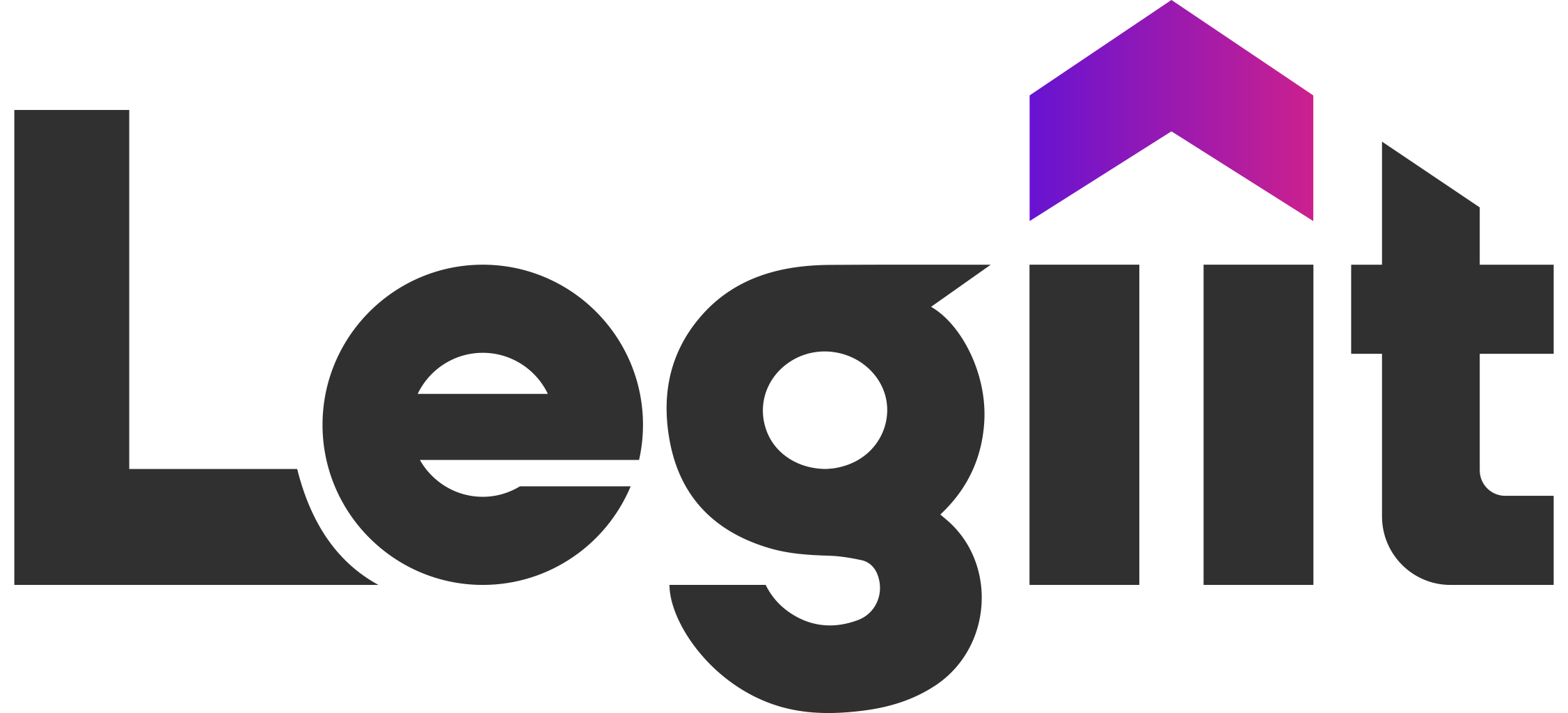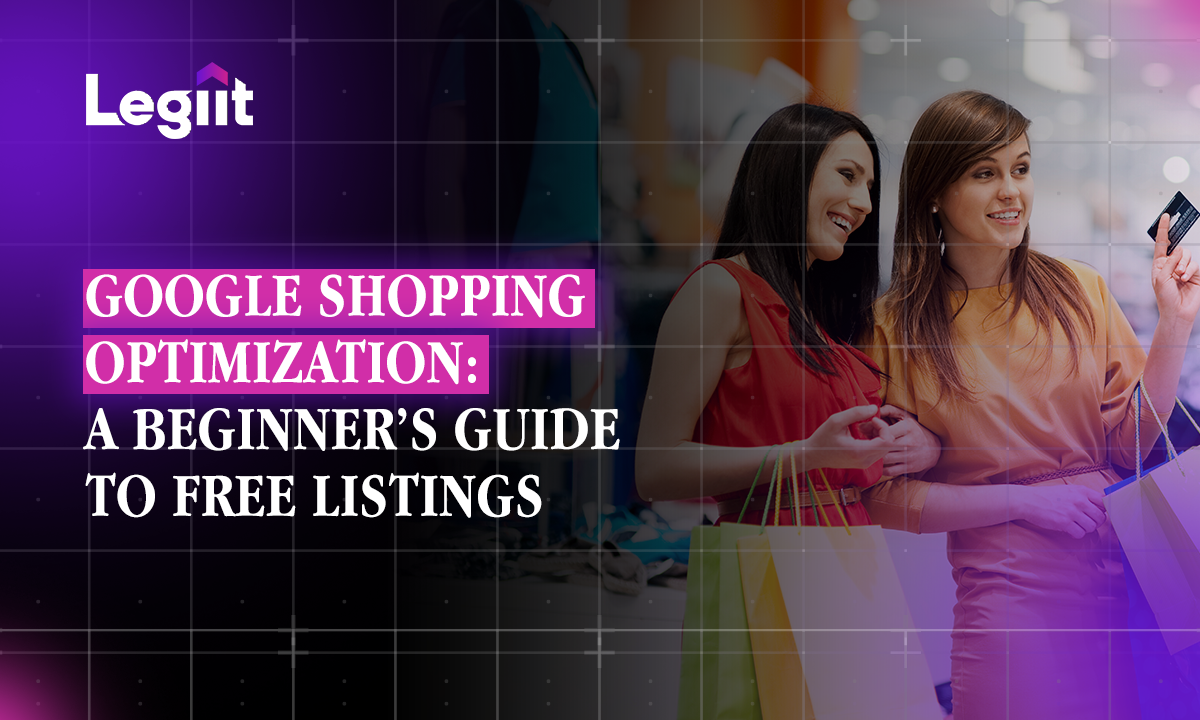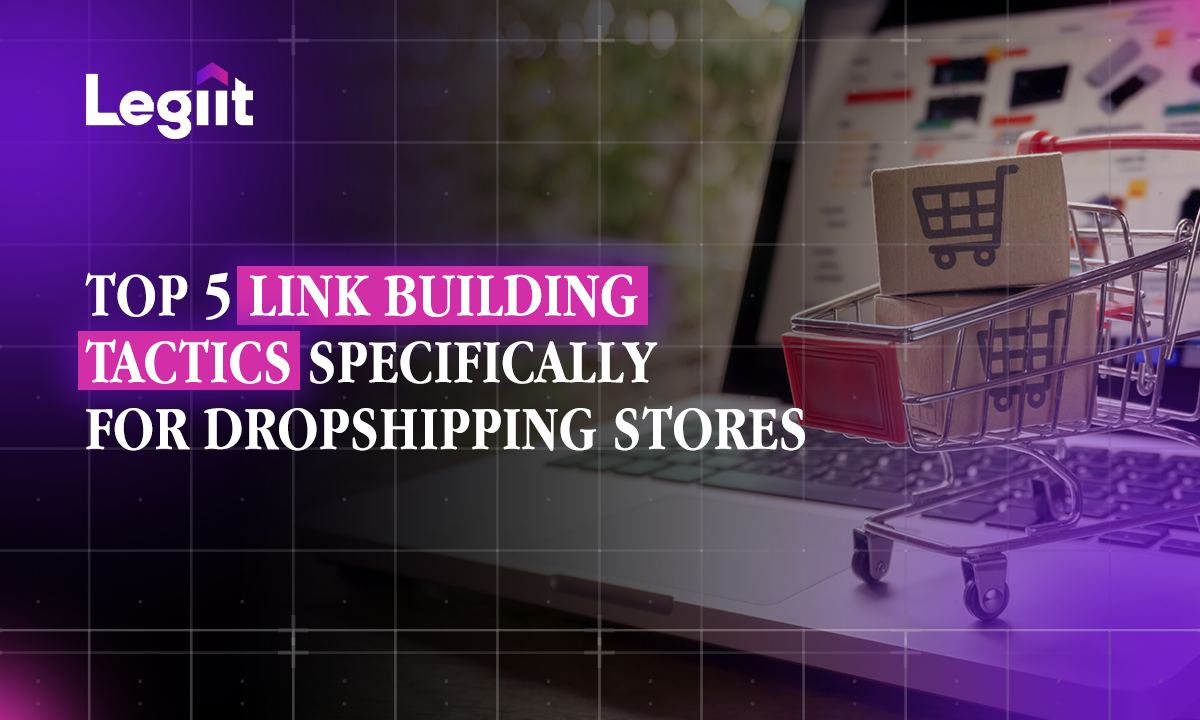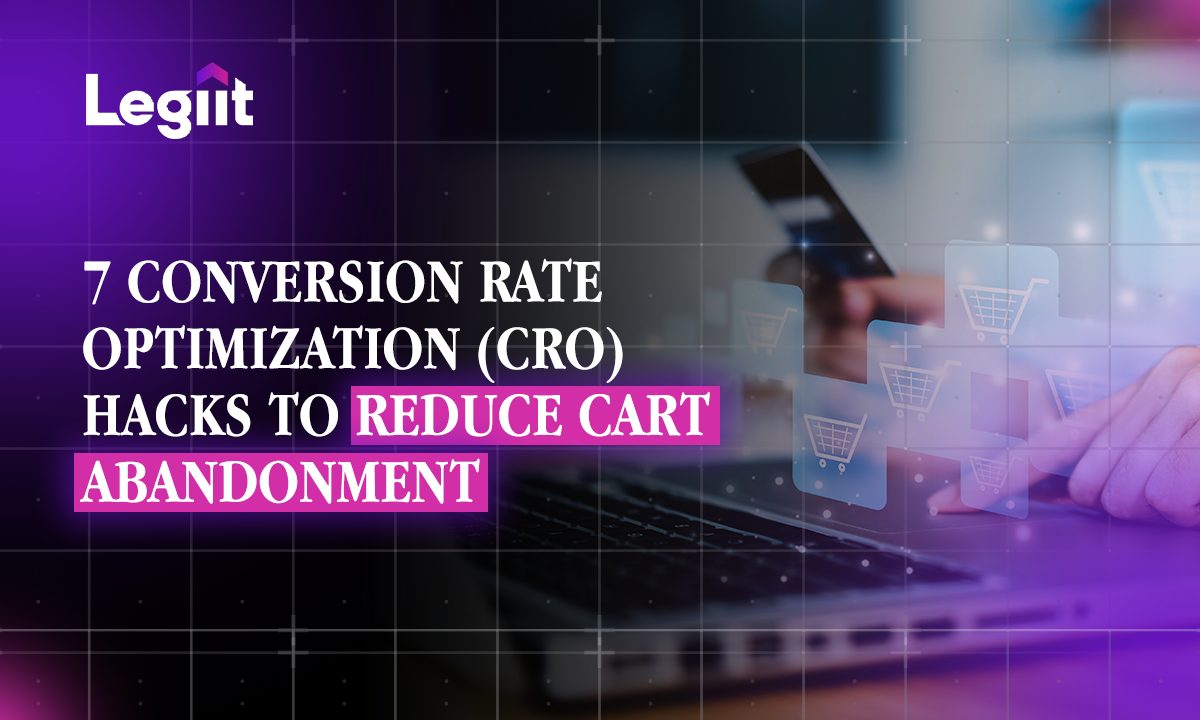2020-2021 probably saw the most significant number of people working remotely. The pandemic has seen a record number of people working from home, and many believe that many of these remote workers will never return to a conventional office.
Many who lost employment have found new employment working as freelance designers, writers, SEO experts, social media managers, live chat people, etc.
If anything, the remote working industry has grown exponentially, with social selling at the center of it all. An increasing number of professionals are turning to professional social networks like LinkedIn.
Speaking of which, the social network boasts over 756 million profiles across 200 countries. LinkedIn is the leader in B2B prospecting and becoming a place for freelancers to connect with businesses that need their services. Many users complain that LinkedIn is intimidating.
New users often need to send a connection request to others, to build a network but where do they start?
Also, the hesitation of connecting with other professionals can end up slowing your progress towards building a substantial professional network. It is rather interesting to think that out of 756 million users; it shouldn’t be hard to connect with maybe 500 people. However, after you’ve exhausted connecting with whoever you already know, moving forward and knowing who to connect with or reach out to next can be challenging. So, it begs the question? How do you expand or grow your LinkedIn connections, all the while ensuring that most of the contacts at least are relevant to your business or freelancing goals?

Personalize Your Connection Requests
Unlike maybe Facebook, just adding someone as a friend isn’t going to cut it. It is, after all, a professional social network. So, instead of just clicking the “connect” button and sending off a canned request, think about what you’re doing. A better approach would be to click on the individual’s profile and click the “connect” button on that page.
Doing this will bring up a small box; here, you can type in a customized note with the request.
For instance, if you are a freelance writer and are connecting with someone who is maybe a freelance journalist or runs a news agency, then introduce yourself. Tell them how and why you are connecting with them is mutually beneficial. If you are connecting with an individual you have never met or spoken to but who works in a similar role, make sure to mention that relevance when connecting.
Related: 9 Copywriting Tips For Freelancers
Take Advantage Of In-Person Networking
We often tell people that meeting online and connecting with loads of people on LinkedIn is an excellent idea. To grow your LinkedIn Network you need in-person meetings.
You will build the majority of solid networking links by interacting with people offline. Good old face-to-face meetings give you an opportunity to find common ground and discuss collaboration opportunities.
Tradeshows and conferences are an excellent place to start. If there are volunteering programs or some other community events, make sure to be a part of them. LinkedIn allows you to learn more about people before you meet them, which makes finding common ground and, consequently, connecting easier.
Break Your LinkedIn Networking Goals Into Chunks

Going from a mere 50 connections to 500 connections can seem impossible. But what if you divide that over several months or weeks? Will it still seem insurmountable? So, instead of adding 100 connections a day, try setting a goal for 175 connections in 14 days. You will want to keep the timeline realistic so it does not demotivate you. Also, make sure to exercise caution when growing your LinkedIn network.
Maintain proper etiquette, and don’t spam people. The quality of what you bring to the network matters as much as how many connections you have.
You also need to remember that everyone isn’t going to connect with you. You can send out those invitations, but it does not mean they will be accepted. Many LinkedIn members are cautious about who they connect with. Generally, when I receive a request on linked it, I’d like to know:
- Who is this person?
- Do I know the company they work for?
- Can they add value to my life or business?
- Are they in the same geographic market as me?
I’d connect if the answer is “yes” to one of the questions above, the more, the better, though. Sure, it means I accept fewer requests and have a relatively small network, but I have quality connections, and that’s the way I’d like to keep it.
Checkout LinkedIn Groups

Like all other social media groups, LinkedIn Groups also referred to as LinkedIn open networks are mainly topic or interest-specific spaces where users can connect with others in the industry. It gives people the opportunity to build a relationship and share information. Many people also probe the communities for advice.
You can choose to join groups that mainly reflect the communities within your target audience to both demonstrate your knowledge of the industry and connect with customers. Groups have their leaders and gatekeepers, which means each has its own set of rules. That’s why you’d want to review the rules and expectations before joining.
Post Often on LinkedIn Groups
Your posts will and should invite engagement. When connections share, like, or comment on your status update and group posts, then their connections will see your posts.
If your content is relevant to 2nd-degree readers, those people may reach out to you. The other advantage of posting often is it helps you get the word about yourself out there.
In a way, you’re syndicating content across hundreds of feeds. Don’t worry; people will not be annoyed by a single post a day.
Most people will not see every post because the algorithm shows them content that they liked or shared. The only exception, perhaps, is if you use the LinkedIn article tool, in which case your connections will be notified.
Use Visual Content To Grab LinkedIn Users’ Attention
Most users make the mistake of just posting a wall of text, which does not work. Posts with images tend to get at least 2x more views, with video content re-shared 20 times more.
Images will help to increase engagement with people who are already part of your network, which helps boost exposure to other potential connections. So, while links are important, take visuals just as seriously.
Engaging With Your Existing Connections
When you engage with people who are already connected to you, it puts your profile in front of others in their network. All you need to do is like or comment on their posts. Something as simple as “Great Thoughts” should help expand your network. If anything, it is the right thing to do when the content shared resonates with your beliefs, experiences, or opinions.
Commenting with questions and insights can help to further increase engagement, which translates to more exposure. Doing this can help transform your connections into possibly working relationships.
Promote Your LinkedIn Profile URL

Twitter, Instagram, and other social media platforms allot a bio space. That’s where you can also add a link to your LinkedIn profile; that way, contacts on these platforms can find you on LinkedIn.
However, this will not matter if you have a significantly large following. Your LinkedIn profile link can be posted on tweets, status updates, pined on your video, and even become part of your signature on Legiit.
That way, the clients you work for on Legiit can connect with you on LinkedIn. You will also want to add your LinkedIn profile link to your email signature. That said, don’t spam people with LinkedIn request(s) because it can end up having the opposite effect.
Add Relevant Keywords
Think of it as similar to optimizing the copy on your website or blog post. LinkedIn allows you the opportunity to attract visitors to your profile mainly based on what words you choose.
You will want to use variations of your current job title and duties.
Take, for instance, if your job title is Social Media Manager. Some of the other roles you may have include designer, website administrator, blog writer, digital campaign manager, etc. People may use advanced search to find someone in their connections for a specific function instead of just their formal titles. That’s why you’ll want to give whatever roles you have some thought and use what you figure in your LinkedIn profile.
Publish Articles On LinkedIn

Many people share blog posts on their company’s website, as we do here at Legiit. If you find a post that you think will resonate with your target audience, share it with them on LinkedIn. Just copy and paste the URL. However, you should also garner and put your own insights into words a few times a month at least. Publishing these articles as native content, aka long-form posts, via your LinkedIn profile is an excellent way to establish your brand.
It is also a great way to prove you are an expert. The advantage of native content is that your entire network is notified every time you publish something.
That increases the chances of engagement and helps with brand exposure. However, don’t publish articles every day because that ends up causing your followers to tune out. You can use a simple call to action to check out resources or other information towards the end of the article, but don’t use clickbait.
If your article isn’t something of value, and its sole purpose is clickbait, you are dooming all the other great articles you write to obscurity.
Final Word
We can tell you from experience that getting to 500 or more connections on LinkedIn isn’t going to happen soon.
It takes time, and you need to build your brand accordingly. Sure, it is a powerful professional networking tool, but it requires putting in the work. The good news is that everything we discussed will help grow your network to beyond 500 connections. But like everything else in life, you need to be consistent. Want to learn more about LinkedIn? Check out: LinkedIn For Freelancers












 Download
Download